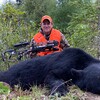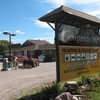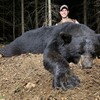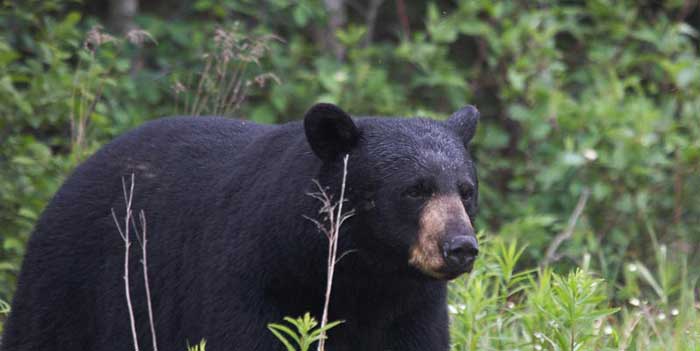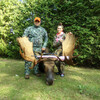
Hunt the Grass
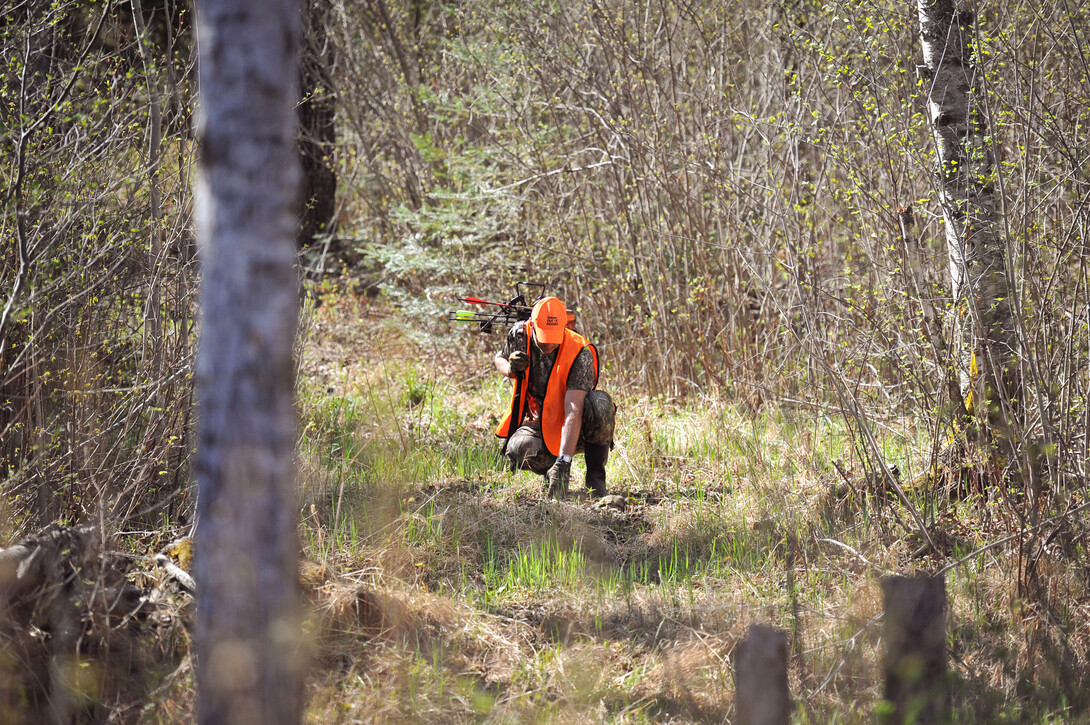
The black bear is ideally suited to making a living in the woods, eating fruits, insects, fish, and larger game. However, it might be a surprise to some hunters that there are prime opportunities to take bruins in fields, big grass openings, and cutovers. Here is a primer on how to fill your tag hunting bears that are feeding in fields and grass.
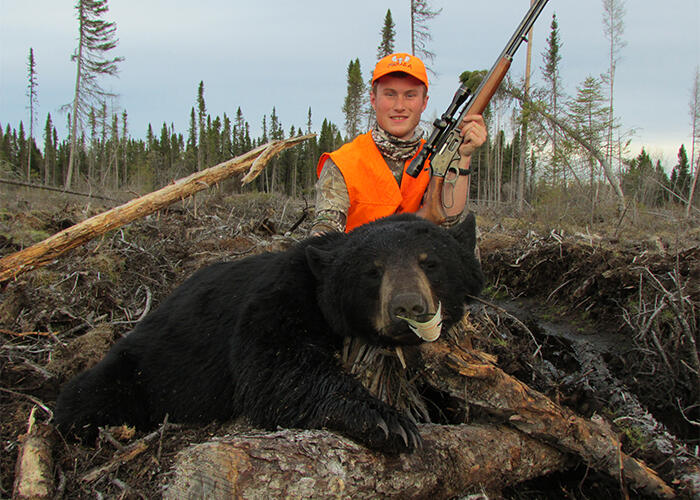
GRASS
When bears emerge in the spring, they have a strong urge to eat grass. Therefore, you will sometimes see black bears out in openings, in broad daylight, after the snow melts. The first shoots of grass emerge in places where the sun can reach most easily. These spots include sun-exposed hillsides, cutovers, power lines, bush roads, and fallow fields. Farms that have been abandoned and gone back to nature are prime spots. Bears also eat grass in the late summer and fall, often in the very same areas they are found in the spring. Always be sure you are allowed to hunt the area before putting the stalk on a bear. Some power lines, abandoned farms, cut-overs, and old roadways may be posted.
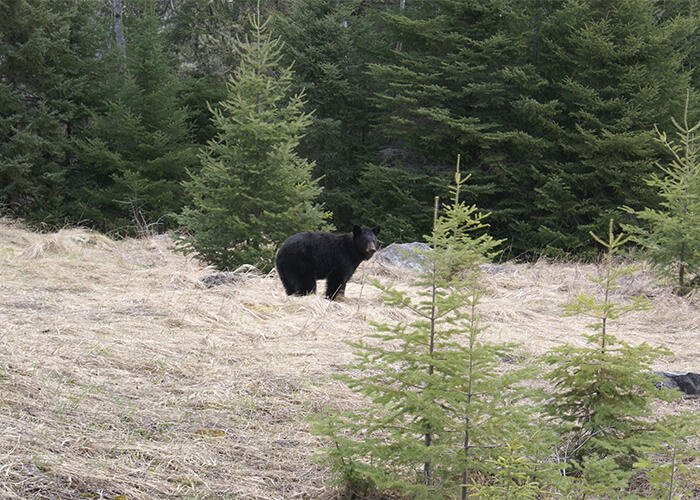
The key to hunting bears in grass is a quiet stalk with the wind in your face. Usually, the bear can be spotted quite some ways off, with eye or binoculars. Seeing bears at a distance allows you to plan a stalk on the animal to get within a good range. If you are rifle hunting, try to get within 100 yards or less. With a bow or crossbow, you'll need to be much closer—like 20 to 30 yards. The good news is a black bear that is feeding heavily on grass rarely looks up. In fact, they will sometimes crouch or even lie down and feed on the grass. This will allow you to get very close if all the elements are right. Be mindful of the prevailing winds and stay low. There are few hunts as exciting as a spot and stalk.
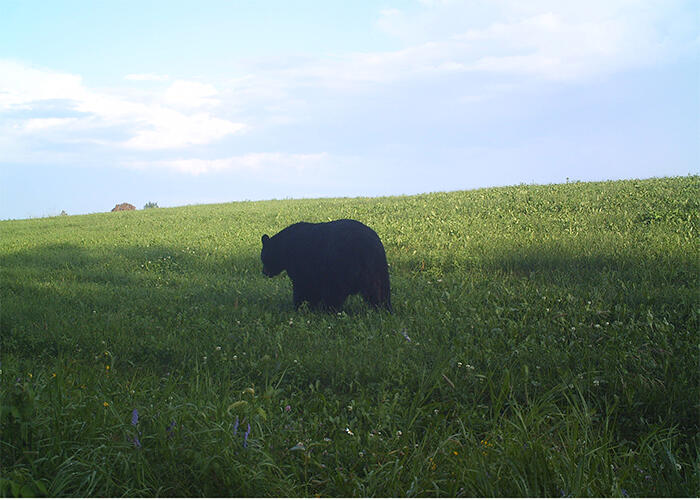
FIELDS OF PLENTY
Besides grass, bears are also fond of alfalfa, clover, and all manners of leafy food found around and near fields. Wherever there is an abundance of grasses, clover, and other foods, bears will be found. Black bears will often have obvious entry and exit points from both field and wood lots. Look for trampled-down areas, tracks in the mud, and bear scat. A trail cam will also give you a pretty good idea of what bears are doing and when they are accessing crops. Most farmers are more than happy to see the bear population reduced around their fields, so if you are looking for properties to hunt, this is often a good starting point. Other crops to look for in and around fields include high-bush cranberries, mushrooms, blueberries, wild strawberries, Saskatoon berries, and even mountain ash. If there are apple trees in the vicinity, you can almost be sure that the bears will be accessing them as well. Bears will also dig up ant hills, rip up beehives and tear apart rotten logs looking for termites. The more that’s going on around a field, the better. Black bears are true omnivores and will eat a wide variety of foods. And each bear is a little different. Like people, some bears prefer more protein, while others lean towards fruit and veggies. Most like both.
OTHER AREAS
I can’t tell you how many bears I’ve seen eating grass along bush roads in the north, and on power lines or even old runways or railbeds that have been decommissioned. These are all bear magnets. I’ve seen black bear use dried-up ponds and large meadows in forests in the same way. All openings in the woods potentially will have more sun, and therefore more grasses, fruit, and other things bear like to eat. If there is a decent opening in the bush, and there is grass growing, you can be relatively certain bears are using it at some point in the year. Hunting and stalking a bear eating grass and other leafy food is a unique and exciting experience. There are many great opportunities for this type of hunt in Ontario. Find a grassy area in bear country and you will be in fine shape to tag out on a bear this season.
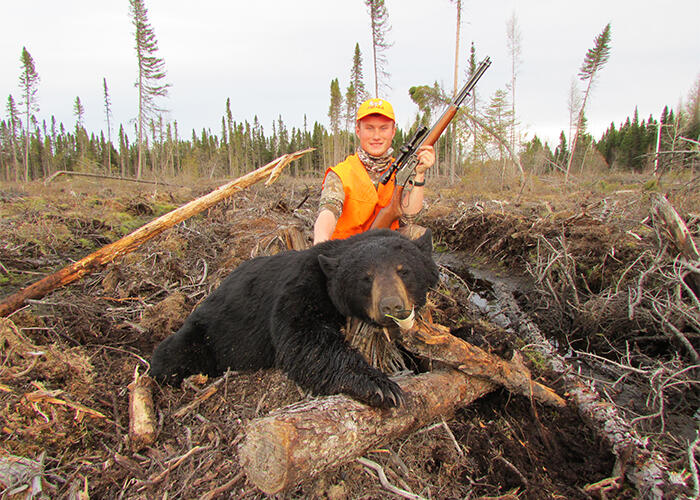
Recommended Articles

Ontario's Largest Moose by a Female
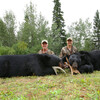
A Bear Hunt That Keeps You Coming Back
Inside Deer Season
Turkey Tips and Tricks
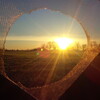
Wild Turkey & A Blind

Crossing the Border into Canada
First Class Duck Hunt
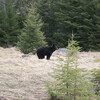
Bear Hunt Experience
Deer Hunting in Sunset Country
Where Big Bucks Roam
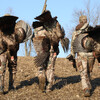
Beasley Brothers' Triple
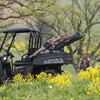
A Guide to Big Game Hunting with ATVs
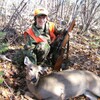
First Deer Hunt
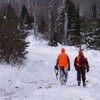
Winter Moose Hunt
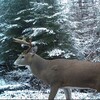
Trophy Deer Hunts in Thunder Bay
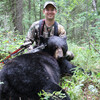
How to hunt black bears
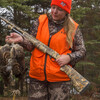
Cast and Blast
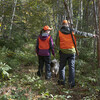
Bush Walking for Grouse
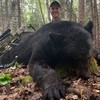
A Dream Hunt
